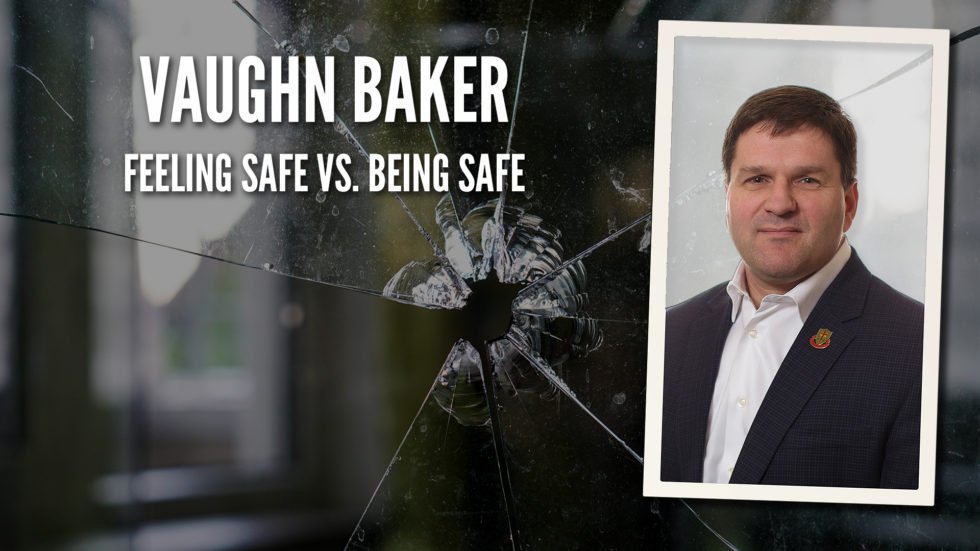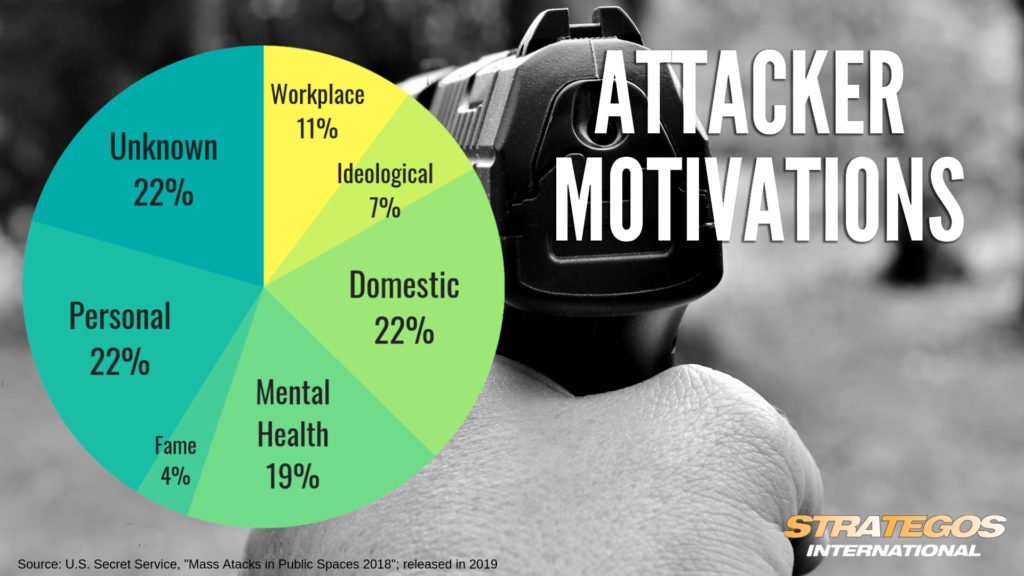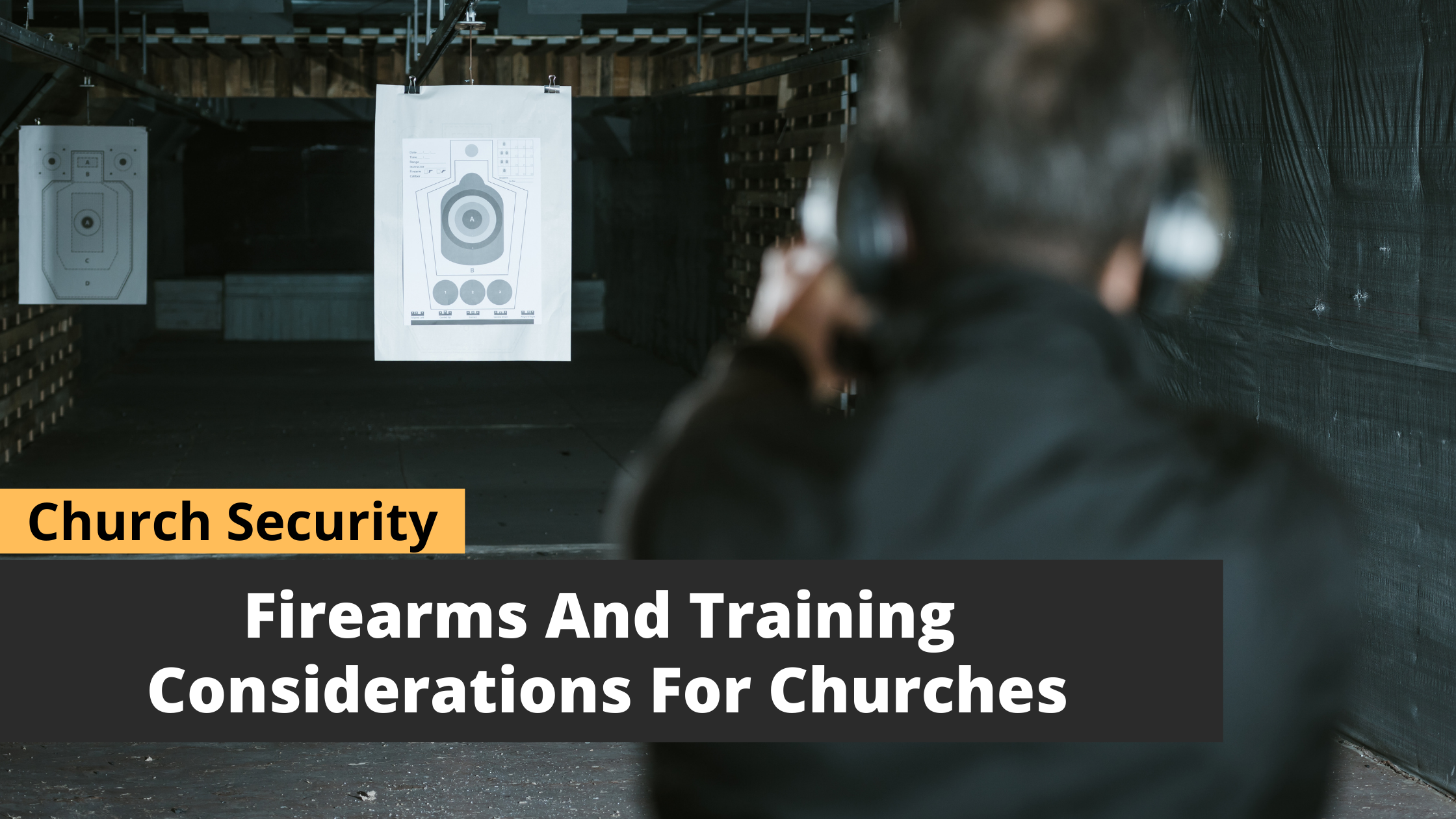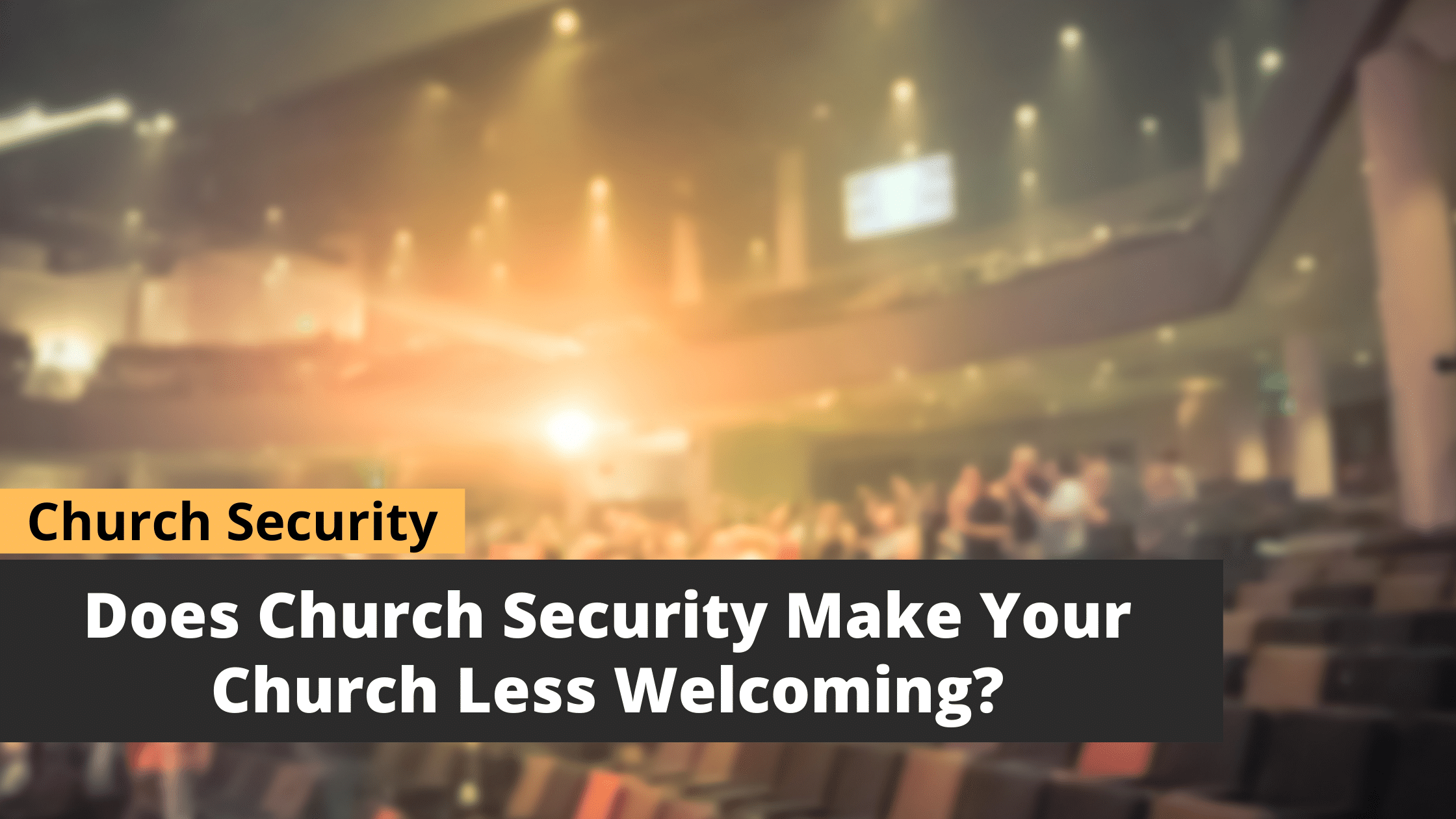Workplace Violence
At work, it’s better to be safe than to feel safe

A secure place of business is a hard-won reality that can never be taken for granted.
It’s great to feel safe at work.
But safety isn’t a feeling. It’s a hard-earned reality.
A recent human resources report provides valuable insight into the workplace and violence. One of its most widely-reported findings is that only 1 in 7 employees feel unsafe at work. That should be good news, right?
I’m all for people feeling safe. But I’m much more excited about people actually being safe.
While I can’t know for sure, my suspicion is the vast majority of the remaining 6 out of 7 employees who feel safe simply don’t know what they don’t know. As the saying goes, ignorance is bliss (it’s actually delusion).
The same organization noted that more than 2 million people are affected by workplace violence every year. There have been between 400-500 workplace homicides annually since 2011. Those numbers aren’t cause for feeling safe.
The U.S. Secret Service analyzed mass attacks (where three or more persons were harmed in public places) in 2018 and found their motivations stemmed from these sources:
Note that only a minority of these incidents resulted from a grievance with a workplace. Often the workplace is the location, but not the cause, of the attack.
Last year, a 29-year-old gunman nonchalantly sipped gourmet coffee, then got up and terrorized a bank building in downtown Cincinnati. He killed three people and put hundreds at risk before police shot him dead. No one knows why he did it. He killed strangers, but they were strangers who happened to be at work.
Domestic violence is a leading cause of on-the-job violence. When romantic partners break up, the workplace is frequently the scene of rage and death. Innocent bystanders often die. Those who survive are traumatized.
Improving the odds
The report provided a solution, however, to the problem of blissful ignorance: training.
In organizations with prevention and response programs, 87% of employees said they know what do when they encounter workplace violence. In organizations without these programs, the number plummeted to 54%.
According to the report, 90% of HR professionals say their organizations use background, employment and reference checks to screen out potentially violent hires.
“While this type of screening is common … organizations are less likely to have programs to prevent workplace violence or train workers on how to respond to such incidents.”
These checks are necessary, but do nothing to address potential threats from outside the workplace. These include domestic partners, customers, vendors and even burglars who are caught in the act of committing a crime.
The only way to be prepared for these events is through training. For this type of education to work, classroom and hands-on activities are necessary. Employees must learn how to think and feel in a controlled but stressful environment.
It works. Here’s what a participant in our school security training had to say:
“I was very nervous about how the topic would be presented and I did not want to participate in the simulated intruder scenarios. However, today I am really glad I did. I left feeling empowered and grateful about what I learned. It was one of the best professional development trainings that I have ever attended.”
Our goal at Strategos is not for workers to merely feel safe, but to be aware, trained and confident. Only then can they have reason to feel secure.
Vaughn Baker is president of Strategos International, a Kansas City, Mo.,-based firm that provides security training, consulting and executive protection services. Baker has 20 years of experience in law enforcement including patrol, investigation, SWAT and special operations. He has trained thousands of school, health care, government, law enforcement and military personnel in security practices. Baker has also developed specialized intruder response curriculum for schools and churches, including some of the nation’s leading training on behavior pattern recognition. He is the author of The Church Security Handbook and, with Mark Warren, Active Threat. In addition, he served as deputy director of training and as an instructor for the Surefire Institute, a California-based tactical lighting manufacturer and tactical training company. He is also the director of security for a church of more than 7,500 in the Kansas City area, a position he has held for more than a decade. Connect with Vaughn Baker on LinkedIn.







